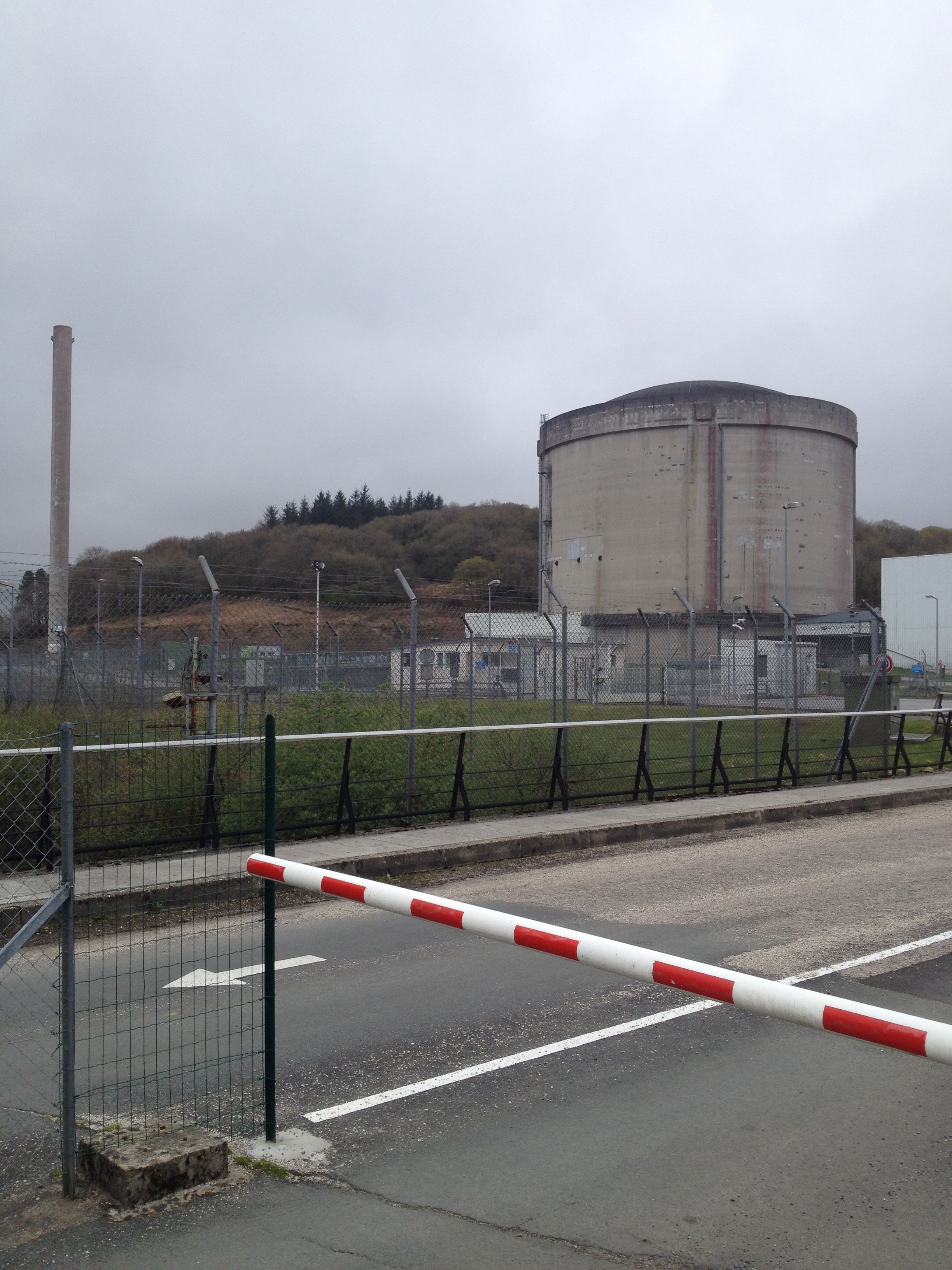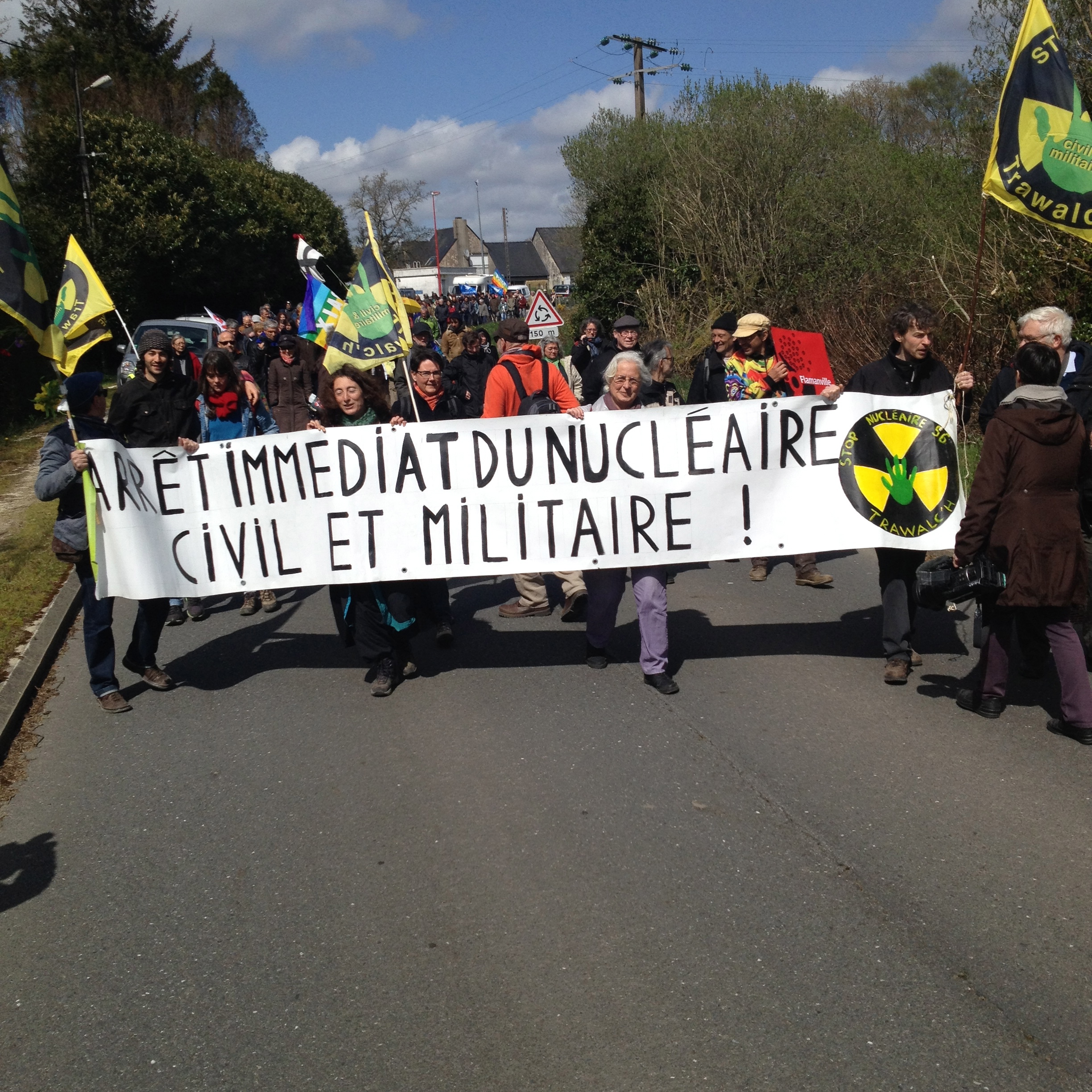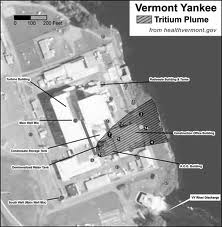The global state of nuclear decommissioning: costs rising, funds shrinking, and industry looks to escape liability by decades of delay
 It has never been more apparent that the skyrocketing costs to dismantle closed nuclear power stations are alarmingly similar to the unpredictable and now prohibitively high cost to build atomic plants. Of more concern, the decommissioning funds needed to clean up radioactive reactor sites are steadily shrinking each year.
It has never been more apparent that the skyrocketing costs to dismantle closed nuclear power stations are alarmingly similar to the unpredictable and now prohibitively high cost to build atomic plants. Of more concern, the decommissioning funds needed to clean up radioactive reactor sites are steadily shrinking each year.
Decommissioning cost estimates have outpaced inflation fourfold since 1988. Permanent reactor closures are anticipated to continue because of increasingly poor performance of nuclear economics and mounting safety concerns. The next nuclear accident will accelerate closures even faster widening the gap between what's on hand and what is really needed to "de-license" these radiological hulks.
How and when these mounting nuclear decommissioning costs get paid for and by whom was the subject of an international symposium of the Organization of Economic Development and Cooperation’s Nuclear Energy Agency (NEA) in Paris, France on April 22, 2016. Beyond Nuclear’s Paul Gunter was invited by NEA to participate as a panelist with industry and regulators to present some of civil societies’ growing concerns on failing decommissioning finances. The next day, Paul was also invited to speak at an anti-nuclear demonstration in western France’s controversial decommissioning site of the Brennilis nuclear power station for the 30th commemoration of the Chernobyl catastrophe. The 70 MWe Brennilis nuclear power plant was permanently shutdown in 1985. After spending 480 million Euros ($542.5 million), Brennilis still sits in decommissioning limbo and is not scheduled to complete dismantlement until 2035 at even greater cost. Currenty 146 other closed reactors around the world remain on a decommissioning waiting list with only 16 reactors to date completing the dismantlement process. However, indeterminate nuclear waste storage continues on many of these sites.

The Beyond Nuclear message at both events was the same. There is a growing consensus among civil society that the “polluter must pay” by providing adequate decommissioning funds at the time of reactor closure for prompt dismantlement, not prolonged delay sixty years into the future as the current regulatory options provide. The real cost of decommissioning radioactive reactors and cleaning up contaminated sites is emerging as a huge and long hidden subsidy in avoided cost that has artifically priced atomic generated electricity. Limited Liabiity Company (LLC) restructuring must now be viewed as the prelude to corporate malfeasance to shift the burden of decommissioning cost shortfalls from the parent company and their shareholders to the public. In order to ensure that decommissioning and its financing is a transparent process in the best interest of public health and safety, civil society must have meaningful participation in a regulatory approval process that includes a detailed site-specific decommissioning plan and a supplemental environmental review. The decommissioning plan needs to be informed with cost specificity at all of its phases. Even then, decommissioning is likely to remain a financial iceberg where much more cost remains below the surface literally in ground and water contamination cleanup costs. As the States of Vermont, Connecticut, Massachusetts and New York have already identified by historical experiece, the corporate parent should be required to secure a financial guarantee on 200% of these best decommissioning cost estimates. Given that no nuclear power plant decommissioning process is complete as long as radioactive waste remains on-site, licensees and parent companies need to be held accountable for the cost of transfer of highly radioactive spent fuel currently in vulnerable tightly-packed wet storage pools into qualified dry casks in hardened on-site storage (HOSS) as the 5-year minimum cooling time period for irradiated fuel permits.
Just after the Paris symposium, NEA released its April 2016 report “Costs of Decommissioning Nuclear Power Plants.” The NEA report provides its analysis of industry’s nuclear power plant decommissioning costs and funding practices. It inadvertently reveals however that after more than six decades of nuclear power operations, there is no global decommissioning policy or strategy to ensure that the radioactive legacy of shuttered reactors and the cost to public health and safety will not be borne upon future generations that receive not one watt of benefit.





 April 27, 2016
April 27, 2016

